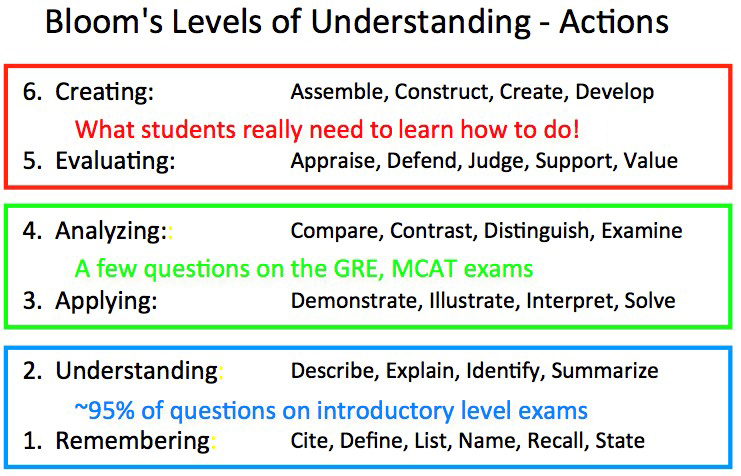I recently attended a professional conference where Digital Humanities (DH) was the hot topic. For those of you in other disciplines, DH is a field of scholarship (and pedagogy) that is often described as being at the intersection of humanities and computing. The idea is that humanities scholars who have traditionally worked alone in the ivory tower, or more accurately, in archives, libraries, museums, and in the field, are now engaging in collaborative, cross-disciplinary research endeavors that involve large data sets, computational analysis, and new methods of visualizing information. Publication for DH scholars had moved from the monograph to open access, web-based, collaborative, and social media outlets. Twitter, in particular, is the social medium of choice for the DH field. At the conference I attended, everyone seemed to be tweeting.
 If you’d like to learn more about DH, there is concise guide provided by the University of Richmond Boatwright Memorial Library that includes a few seminal texts as well as links to resources, tools, and examples of projects. A comprehensive bibliography, which can be downloaded as a Word document, has been put together by some of my colleagues in the Visual Resources Association. Two DH organizations to look at are the Alliance of Digital Humanities Organizations and HASTAC (Humanities, Arts, Science, and Technology Alliance and Collaboratory). Beyond the research aspect of DH, I am interested in how one might take DH into the classroom.
If you’d like to learn more about DH, there is concise guide provided by the University of Richmond Boatwright Memorial Library that includes a few seminal texts as well as links to resources, tools, and examples of projects. A comprehensive bibliography, which can be downloaded as a Word document, has been put together by some of my colleagues in the Visual Resources Association. Two DH organizations to look at are the Alliance of Digital Humanities Organizations and HASTAC (Humanities, Arts, Science, and Technology Alliance and Collaboratory). Beyond the research aspect of DH, I am interested in how one might take DH into the classroom.
A Google search on “digital humanities teaching” yields a lot of results. Two guides to check out are the University of Delaware Library’s Digital Humanities: Teaching Resources, and University of Kansas Libraries guide to Digital Humanities: TEACHING: digital humanities in the classroom. There is a book that includes some case studies, which range from a course at the doctoral level to a freshman writing course, published as open access–Digital Humanities Pedagogy: Practices, Principles and Politics (edited by Brett D. Hirsch). You can download it as a PDF. Perhaps most illuminating from my perspective was a blog post by Ryan Cordell, Assistant Professor of English at Northeastern University in Boston, Massachusetts and a Mellon Fellow of Critical Bibliography at the Rare Book School in Charlottesville, Virginia. How Not to Teach Digital Humanities (February 1, 2015) chronicles Cordell’s evolution in thinking about and teaching what started out as an introduction to digital humanities course.
My own thinking, which is aligned with Cordell’s, is that in teaching undergraduate humanities courses we need to be most concerned with the essential practices and methods of DH work. I agree with Cordell that our students may be called digital natives, but many of them are not digitally (or visually) literate. They may not be fully comfortable with the intricacies of technology in spite of their abilities to text at astonishing speeds. The DH practices that point to skills that would be useful for students to develop have to do with working collaboratively, thinking critically, understanding the importance of narrative and visual communication, and communicating using new media. Arguably, these are abilities that will be useful to students pursuing any 21st century career path. Many DH practitioners would add coding to the list. I agree that humanities students should be introduced to and encouraged to learn coding of some flavor. Cordell cites TEI (text encoding initiative) as a low-barrier example that allows students to see the power that coding might have in humanities research.
Cordell used non-traditional assignments to introduce students to new media: “Those assignments push them beyond their comfort zone—for English students, their comfort zone is writing a 7 page paper—asking them to consider the medium as well as the message of their own research and arguments.” The Center for Educational Resources, where I work, has been encouraging faculty to explore non-traditional assignments with output in video, blogs, wikis, electronic posters, timelines, visualizations, and applications such as Omeka, WordPress, and a mapping tool developed in house.
Whether or not DH is still a hot topic in the future, Cordell imagines a positive outcome if “…DH methodologies have become widely-accepted as possible ways (among many) to study literature, history, and other humanities subjects….” I see that exposing our students to these ways of thinking and communicating will also have a positive outcome.
Macie Hall, Senior Instructional Designer, Center for Educational Resources
Image Source: Digital Humanities Wordle created from The Digital Humanities and Humanities Computing: An Introduction, Schreibman, S, Siemens, R, and Unsworth, J. [Anonymous] http://www.wordle.net/show/wrdl/5672950/Digital_Humanities














